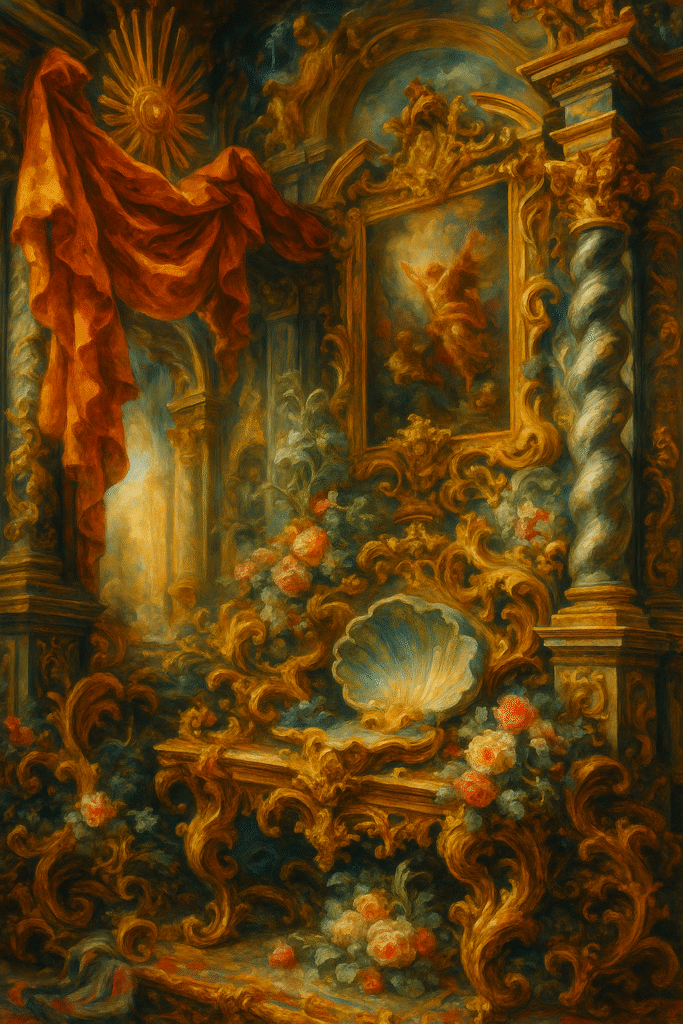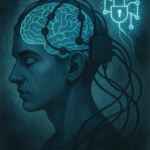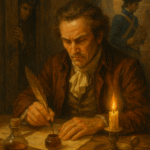The concept of visual excess in art emerges vividly in contemporary discussions about aesthetics and culture. With the resurgence of Neo-Baroque styles, artists have revisited the exuberant and theatrical elements reminiscent of the Baroque period. This article explores how visual excess is redefining modern artistic expression, reflecting societal changes and evolving artistic paradigms.
Understanding Visual Excess in Art
Visual excess in art is characterized by a surplus of decoration, ornate detail, and an overall sense of extravagance. Historically, the Baroque period, which spanned from the late 16th century to the early 18th century, exemplified these traits through its grandiose artworks and architecture. Artists like Caravaggio and Bernini pushed boundaries, creating pieces overflowing with emotion and intricate detail.
The Elements of Visual Excess
1. Opulence: Rich colors and intricate patterns dominate the artwork.
2. Dramatic Lighting: Contrast, often using chiaroscuro, adds depth.
3. Narrative Depth: Complex compositions tell multifaceted stories.
4. Emotional Engagement: Artworks evoke strong emotional responses.
5. Spatial Dynamics: Use of space enhances the viewer’s experience.
These elements not only define Neo-Baroque art but also resonate with the contemporary visual arts landscape. As cultural narratives evolve, the language of excess becomes both a reflection and a critique of our society.
The Neo-Baroque Aesthetic
Characteristics of Neo-Baroque Art
The Neo-Baroque aesthetic embraces the principles of excess but revitalizes them through modern sensibilities. Features common in this movement include:
* Bold Scale: Larger-than-life installations that invite immersion.
* Mixed Media: Incorporation of various materials and technologies.
* Interactivity: Art that engages viewers actively, breaking down barriers.
According to a report from Scholarly Research, the Neo-Baroque movement has sparked a resurgence not only in the visual arts but also in design and architecture, influencing everything from furniture to large-scale public installations.
Historical Context of Neo-Baroque
The Baroque influence on modern art is evident as artists reinterpret historical motifs. The Baroque art revival signifies more than nostalgia; it reflects our collective psyche and societal conditions. The need for connection and identity resonates in our artworks, as we navigate an era marked by digital presence and consumerism.
The Cultural Implications of Visual Excess in Art
Societal Reflections
Visual excess often holds a mirror to society. In our fast-paced world, it offers a counter-narrative, drawing attention to neglected complexities and emotional depths. Art becomes a sanctuary where excess can be explored, as seen in the works of contemporary Neo-Baroque artists like Anish Kapoor and Damien Hirst.
Art Trends Today
1. Maximalism: The shift towards maximalist approaches in art trends highlights the desire for boldness.
2. Sustainability: Artists are merging excess with environmental consciousness, using recycled materials.
3. Digital and Virtual Art: Expansion of platforms takes visual excess to virtual realms, resonating with more people.
Why Visual Excess Matters Today
Engaging New Audiences
The resurgence of visual excess in art is paramount in attracting younger audiences. As people seek immersive experiences, art’s evolution becomes vital for emotional and social engagement.
Breaking Traditional Boundaries
Art is no longer confined to galleries. With public installations gaining popularity, the Neo-Baroque approach transforms urban spaces into galleries of expression, democratizing access to art.
Explore the Neo-Baroque Movement
Curious about how visual excess in art can impact your perception? Consider visiting local galleries or exhibitions featuring contemporary artists. Explore your surrounding environments—are there Neo-Baroque installations worth your attention?
The Future of Visual Excess in Art
As we embrace the complexities of modern existence, visual excess in art represents a vital channel for expression and connection. The Neo-Baroque movement, with its rich history and contemporary relevance, challenges us to explore, engage, and redefine our visual culture. Discover more about evolving art trends and join the conversation around this exciting renaissance.
For further research, visit the Government Research Database and explore the latest studies on visual art movements and their societal impacts.
References
* Government Research Database – Access comprehensive research and data.
* Academic Research Portal – Explore peer-reviewed academic insights.


